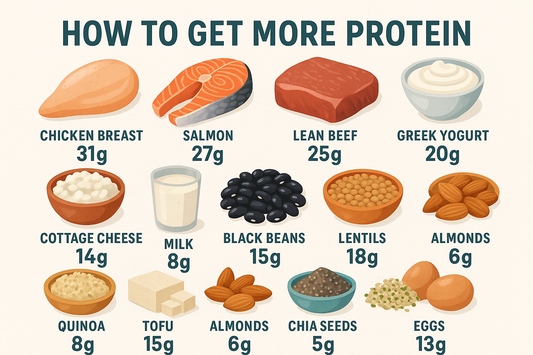
Football (soccer) is one of the most perplexing games to program since it comprises almost endless movement over two 45-minute phases.
Given the expanse of movement in a game, agility becomes a decisive element in the usefulness of a football player. Training that enhances this dimension has the ability to considerably enhance football performance, contributing to enhancement in all features of play.
A key factor in increasing agility is that it is very particular to context. Although central movement patterns do exist, the decisive goal of training is to allow players to use these movements successfully in a game. To this end, it is beneficial to think of agility as game speed. Game speed can be described as a context-specific ability, in which competitors capitalize on their performance by applying sport-specific actions of ideal speed, efficiency, precision, and control in expectancy of and in response to the crucial perceptual stimuli and skill necessities of the game.
For instance, a goalkeeper’s movement necessities are poles apart from those of a central midfielder. Since agility and game seed are context-specific, trainers must be able to evaluate the movement requirements for football to cultivate an effective programme.
Football movement is sporadic, with each game containing between 1000 and 1200 spells of movement. These activities fluctuate in direction and speed. Classic sprinting activities span approximately five to fifteen metres and happen once every thirty seconds on average.
The bulk of players’ time is spent in transitional points, where speeds fluctuate from walking to high-speed running. These transitional movements happen in many directions, comprising sideways, forward, and backward movements.
Bibliography
- Dawes, Jay. Developing agility and quickness. Champaign, IL: Human Kinetics, 2012.
- Reuter, Ben. Developing endurance. Champaign, IL: Human Kinetics, 2012.










